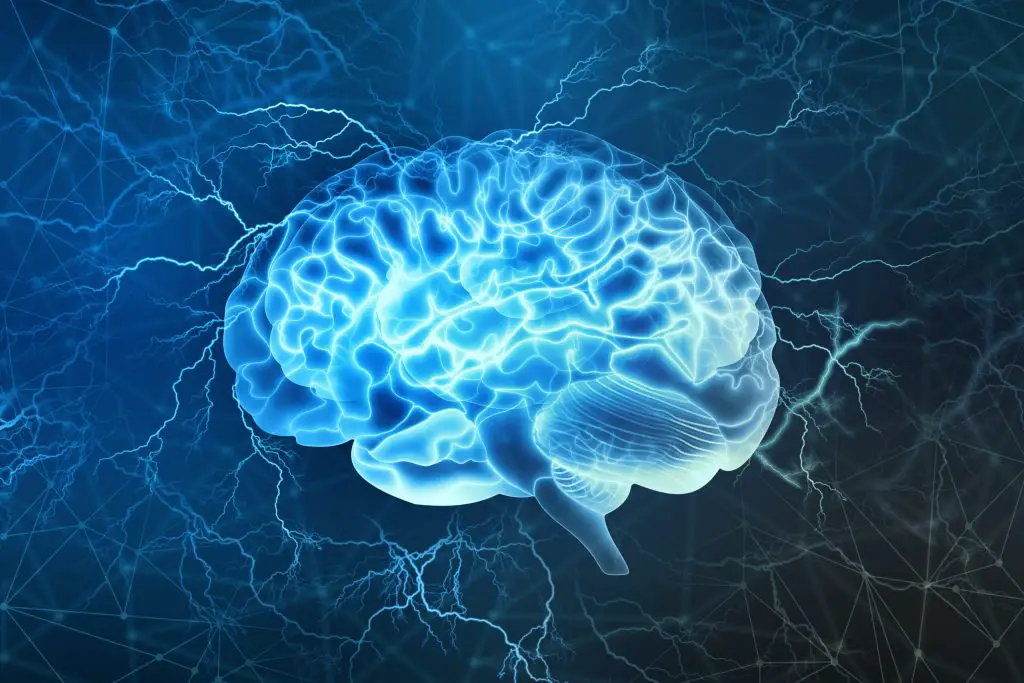In the domain of neuroscience, the exchange between the cerebrum and the body’s reflex activities is a subject of significant interest. From the quick withdrawal of a hand after contacting a hot surface to the compulsory squinting of an eye when presented with unexpected splendor, what is the role of the brain in reflex action reflex activities are fast, programmed reactions that shield our prosperity. However, what precisely is the job of the cerebrum in these natural responses?
What Does the Brain Have to Do with Reflexes? what is the role of the brain in reflex action?
Role of the Brain in Reflexes:
- Coordination Center: The brain serves as the central coordination center for reflex actions, receiving and processing sensory information from the body.
- Interpretation of Signals: It interprets signals received from sensory receptors and determines the appropriate motor response.
- Integration of Information: The brain integrates sensory information with stored knowledge and past experiences to generate a rapid and coordinated response.
- Initiating Motor Commands: Once the appropriate response is determined, the brain sends motor commands to the relevant muscles or glands to execute the reflex action.
- Modulation of Reflexes: In some cases, the brain can modulate reflex responses based on higher cognitive functions, such as decision-making and emotion.
what is the role of the brain in reflex action At the center of understanding reflex activities lies the focal sensory system, especially the mind and the spinal line. While reflexes frequently appear to be immediate and programmed, they are organized by complex brain connections including different pieces of the sensory system. The mind assumes an urgent part in organizing these reactions, deciphering tactile data, and giving proper orders to quickly execute reflex activities.
How Is the Brain Involved in the Reflex Arc? what is the role of the brain in reflex action
- Involvement of the Brain in the Reflex Arc:
- Reception of Sensory Input: Sensory receptors detect stimuli such as touch, pressure, or pain and transmit signals through sensory neurons to the spinal cord.
- Transmission to the Brain: Some sensory signals travel directly to the brain for conscious perception and interpretation, while others are routed to the spinal cord for reflexive responses.
- Reflex Processing in the Spinal Cord: Simple reflexes, known as spinal reflexes, are processed entirely within the spinal cord. These reflexes occur without involvement from the brain, allowing for rapid responses to stimuli.
- Modulation and Integration: More complex reflexes involve the brain in modulating and integrating sensory input. The brain can modify reflex responses based on learned behaviors, emotions, or higher cognitive functions.
- Output of Motor Responses: Once sensory input is processed and integrated, motor commands are generated and sent through motor neurons to the muscles or glands, resulting in a coordinated reflex action.
- Role of the Brain in Reflex Actions:
- The brain plays a crucial role in reflex actions by receiving, interpreting, and modulating sensory input to generate appropriate motor responses.
- It integrates sensory information with past experiences and stored knowledge to ensure that reflex actions are contextually appropriate.
- Additionally, the brain can override or modify reflex responses based on higher cognitive functions, such as decision-making, learning, and emotion.
- Overall, the involvement of the brain in reflex actions allows for adaptable and contextually appropriate responses to environmental stimuli.
The reflex curve, a major idea in neuroscience, explains the pathway through which reflex activities happen. It regularly includes five key parts: the tactile receptor, tangible neuron, interneuron (discretionary), engine neuron, and effector organ. At the point when an improvement is recognized by a tangible receptor, for example, receptors in the skin or muscles, tactile neurons communicate this data to the spinal line.

Here, the sign might be handled by interneurons before being transferred to the cerebrum for additional understanding. When the mind surveys the data and decides on a proper reaction, it conveys messages back through engine neurons to the effector organ, bringing about the execution of the reflex activity. what is the role of the brain in reflex action
What Part of the Brain is Involved in Reflexes? what is the role of the brain in reflex action?
Different areas of the cerebrum add to the guideline and execution of reflex activities. The brainstem, situated at the foundation of the cerebrum, assumes an essential part in organizing fundamental physical processes, including numerous reflexes crucial for endurance, like heartbeat guidelines and relaxation. Moreover, the cerebellum, arranged underneath the cerebrum’s halves of the globe, adds to engine control and coordination, affecting the accuracy and timing of reflex reactions. Besides, higher mind districts, like the cerebral cortex, are associated with handling more complicated reflexes and regulating compulsory reactions given mental information and previous encounters.
Why Does the Brain Not Control Reflexes? What is the role of the brain in reflex action
While the brain plays a significant role in orchestrating reflex actions, it’s essential to note that not all reflexes are under conscious control. Many reflexes bypass higher brain regions altogether, relying on rapid neural circuits within the spinal cord for swift execution. This bypassing of conscious control enables reflex actions to occur with remarkable speed, enhancing our ability to respond to potentially harmful stimuli efficiently. However, the brain can modulate certain reflexes based on situational context, emotions, and learned behaviors, adding layers of complexity to our reflexive responses.
Promoting Brain Health and Functionality What is the role of the brain in reflex action
Understanding the cerebrum’s part and the role of the brain in reflex action highlights the significance of keeping up with ideal mind well-being. Similarly, as reflexes depend on productive brain correspondence, mental capabilities like memory, consideration, and independent direction additionally rely on the cerebrum’s prosperity. Thus, consolidating cerebrum-helping supplements like the Himalayan Organics Plant-Based Mind Sponsor can uphold mental capability and in general mind well-being. Planned with regular fixings eminent for their mental advantages, this supplement offers a comprehensive way to deal with improving mental lucidity, concentration, and memory maintenance. Look at the Himalayan Organics Plant-Based Cerebrum Supporter here to open your mind’s maximum capacity.
Conclusion
In conclusion, the brain’s role in reflex actions is multifaceted, encompassing sensory processing, motor coordination, and higher-level cognitive modulation. By delving into the intricacies of reflex arcs and neural pathways, we gain valuable insights into the remarkable efficiency of our body’s innate defense mechanisms. While reflexes may seem like simple automatic responses, they exemplify the extraordinary complexity and adaptability of the human brain. So, the next time you instinctively withdraw your hand from a hot surface or blink in response to sudden light, marvel at the intricate dance of neurons orchestrated by your remarkable brain.
How Many Brains Does an Octopus Have: A Simple Guide”
“https://www.hacksociety.tech/how-many-brains-does-an-octopus-have/









1 thought on “What is the Role of the Brain in Reflex Action? Exploring the Intricacies of Neural Responses”